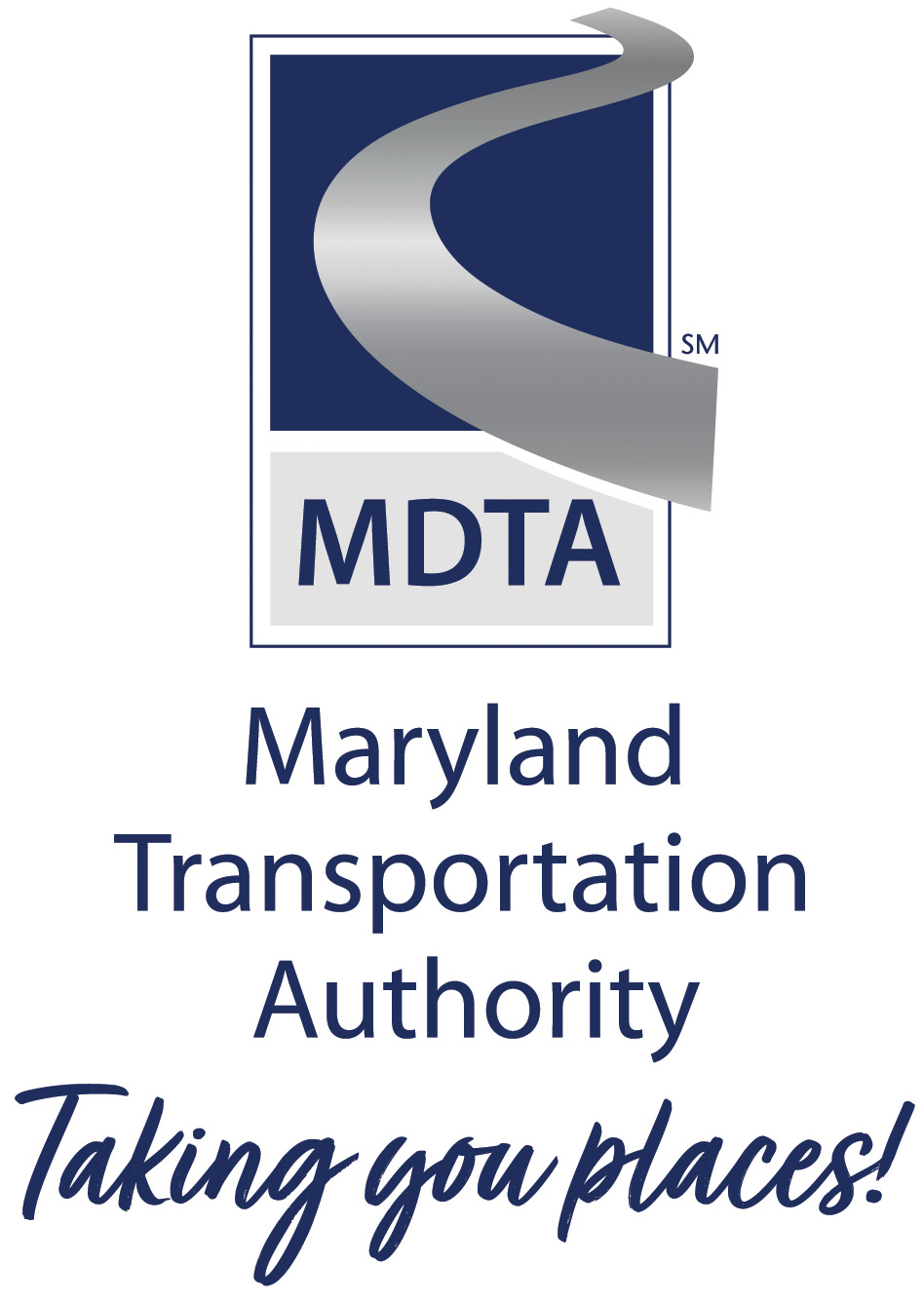As part of the National Environmental Policy Act (NEPA) process, the Maryland Transportation Authority (MDTA), in coordination with the Federal Highway Administration, developed a reasonable range of alternatives for the Tier 2 Study. These alternatives, referred to as the Alternatives Retained for Detailed Study (ARDS), were informed by previous studies and planning documents; input from Federal, State, and local regulatory agencies; and public comments. See the link below for more information on the alternatives screening and the ARDS.
Alternatives Retained for Detailed Study (ARDS) Concurrence Package ![]()
Alternatives Screening and Development
To develop the alternatives, the MDTA first analyzed key elements and screened options of each element to determine which options would be reasonable for inclusion in the full alternatives. These key elements were presented to the public at the September 2023 Public Open Houses, and were then screened using the needs and objectives identified in the Tier 2 Study Purpose and Need. The options that were able to address the Purpose and Need were used to identify and develop the proposed ARDS.
Seven alternatives, including the No-Build Alternative and six build alternatives, were identified as the proposed ARDS and presented to the public at the December 2024 Public Open Houses. With input from the public and agencies, as well as additional engineering and environmental analyses, the MDTA identified the ARDS to be carried forward in the Tier 2 Study Draft Environmental Impact Statement.
Alternatives Retained for Detailed Study (ARDS) Screening Summary ![]()
Alternatives Retained for Detailed Study
The Tier 2 Study proposed action would replace the existing Bay Bridge with a new bridge over the Chesapeake Bay. Both existing Bay Bridge spans would be removed and replaced with two new bridge spans. The MDTA identified seven alternatives, including the No-Build Alternative and six build alternatives, for the proposed action. The ARDS are based on the number of lanes provided across the new bridge and on the approaches, as well as the bridge location. The ARDS are:
- Alternative A - No-Build, 6-5-6: retains the existing Bay Bridge, the U.S. 50/301 alignment, and the existing number of lanes;
- Alternative B - 6-8-6 North: 6 lanes along U.S. 50/301 on the Western Shore, 8 lanes across the Chesapeake Bay on a new bridge with one span to the north of the existing spans and one span in between the existing spans, and 6 lanes along U.S. 50/301 on the Eastern Shore;
- Alternative C - 6-8-6 South: 6 lanes along U.S. 50/301 on the Western Shore, 8 lanes across the Chesapeake Bay on a new bridge with one span to the south of the existing spans and one span in between the existing spans, and 6 lanes along U.S. 50/301 on the Eastern Shore;
- Alternative D - 8-8-8 North: 8 lanes along U.S. 50/301 on the Western Shore, 8 lanes across the Chesapeake Bay on a new bridge with one span to the north of the existing spans and one span in between the existing spans, 8 lanes along U.S. 50/301 on the Eastern Shore;
- Alternative E - 8-8-8 South: 8 lanes along U.S. 50/301 on the Western Shore, 8 lanes across the Chesapeake Bay on a new bridge with one span to the south of the existing spans and one span in between the existing spans, 8 lanes along U.S. 50/301 on the Eastern Shore;
- Alternative F - 8-10-8 North: 8 lanes along U.S. 50/301 on the Western Shore, 10 lanes across the Chesapeake Bay on a new bridge with one span to the north of the existing spans and one span in between the existing spans, 8 lanes along U.S. 50/301 on the Eastern Shore and
- Alternative G - 8-10-8 South: 8 lanes along U.S. 50/301 on the Western Shore, 10 lanes across the Chesapeake Bay on a new bridge with one span to the south of the existing spans and one span in between the existing spans, 8 lanes along U.S. 50/301 on the Eastern Shore.


